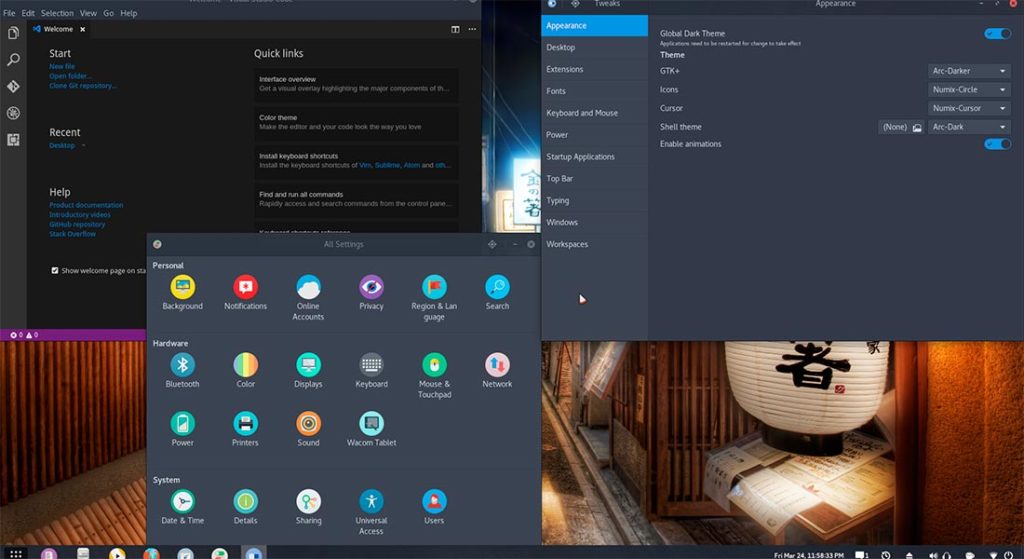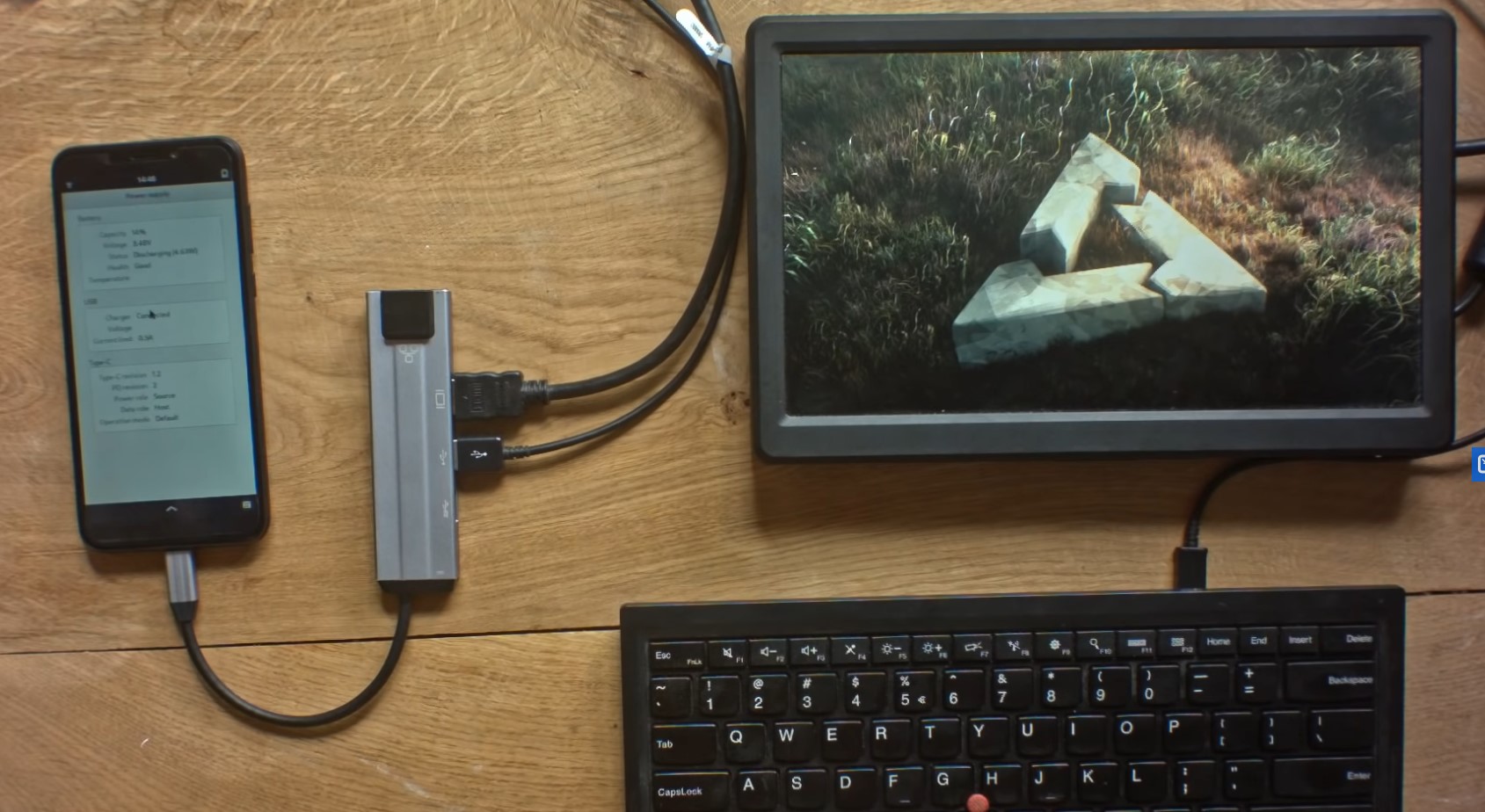
Screenshot of Fedora Linux Desktop Linux
Linux and the entire open source industry continue to thrive. Only recently, open source evangelist Eric Raymond talked about how, in the not too distant future, in his opinion, Windows will move to the Linux kernel. And now there is a release of Fedora Linux for smartphones.
The Fedora Mobility team is working on this project. Interestingly, she did not show much activity for 10 years, and now she has come out of hibernation and began to work actively. As for the browser, it is designed so far only for installation on the PinePhone, a smartphone created by the efforts of the Pine64 community. Soon, the group promises to introduce a version of the browser for other smartphones, including the Librem 5 and OnePlus 5 / 5T.
The Fedora 33 (rawhide) repository now has a collection of mobile packages with a custom Phosh shell that is controlled from the touch screen. It is developed by Purism for the Librem 5 phone. It includes a Phoc composite server that runs on top of Wayland. It is based on GNOME technologies (GTK, Gsettings, Dbus).
The developers have opened the opportunity to use the KDE Plasma Wayland environment. However, there are no corresponding packages in the repository yet. As for the apps and components already available, here's the list:
- oFono - stack for telephony access.
- chatty is a libpurple based messenger.
- carbons - XMPP plugin for libpurple.
- pidgin — pidgin, libpurple chatty.
- purple-mm-sms — libpurple SMS, ModemManager.
- purple-matrix — Matrix libpurple.
- purple-telegram — Telegram libpurple.
- calls — .
- feedbackd — Phosh (, , ).
- rtl8723cs-firmware — Bluetooth-, PinePhone.
- squeekboard — Wayland.
- pinephone-helpers - scripts for initializing the modem and switching audio streams when making a phone call.
- gnome-terminal is a terminal emulator.
- gnome-contacts - address book.
A little about the PinePhone smartphone
This is a mobile device released by Pine64 in July this year. Its main advantage is the ability to use the devices as a desktop PC. Of course, this system is not suitable as a media station, but for work it is. In particular, this desktop is ideal as a portable workstation for a data center engineer, sysadmin, etc.

PinePhone specifications:
- Quad-core SoC ARM Allwinner A64.
- GPU Mali 400 MP2.
- 2 or 3 GB of RAM.
- 5.95-inch screen (1440 × 720 IPS).
- Micro SD (supports booting from SD card).
- 16 or 32 GB eMMC.
- USB-C port with USB Host and combined video output for connecting a monitor.
- 3.5 mm mini-jack.
- Wi-Fi 802.11 b / g / n, Bluetooth 4.0 (A2DP), GPS, GPS-A, GLONASS.
- Two cameras (2 and 5Mpx).
- Removable 3000mAh battery.
- Hardware-switchable LTE / GNSS modules, WiFi, microphone and speakers.
You can deploy a full-fledged workplace anywhere and anytime. The cost of the device is quite affordable - only $ 200.
OS - postmarketOS, based on Alpine Linux, is a Linux distribution for mobile devices.
